West Virginia has historically been a powerhouse of energy production, with coal, oil and natural gas playing a central role in the state’s economy.
However, in recent decades, the state has shifted its focus toward diversifying its economic base. One of the most significant areas of growth has been in manufacturing, where West Virginia now boasts a wide range of industries — from chemicals and automotive to metal products and wood manufacturing.
With continued investment in innovation and workforce development, West Virginia’s manufacturing industry is poised for a strong future, according to experts and stakeholders.
Annually, manufacturing adds more than $8.8 billion in value to the state’s economy, representing 8.8% of the state’s overall gross domestic product, according to data from the National Association of Manufacturers.
There are more than 1,000 separate manufacturing businesses in the state, which employ more than 47,300 workers. The average annual salary for a manufacturing employee in the state is $86,043.
There were more than $4.2 billion worth of good manufactured in the state exported around the world in 2023 — including $2 billion worth of goods to Canada and more than $341 million worth of goods to China.
The state has had a number of high-profile manufacturing investments in recent years, according to information from the West Virginia Manufacturers Association.
Nucor Steel is the middle of multi-billion project in Mason County to construct a state-of-the-art sheet steel manufacturing facility estimated to create around 800 direct jobs. GreenPower Motor Company, which manufactures electric school buses, began production at 9.5-acre manufacturing facility in South Charleston in the summer of 2023.
Other notable manufacturers in the state include Pepsi Co. Beverage of North American and Frito-Lay North America, Northrop Grumman Corp., Gruppo Fanti, an Italian metal packaging company, Mitsubishi Heavy Industries Regional Jets and the state’s largest manufacturer, Toyota Motor Manufacturing.
Staci Miller, director of the West Virginia University Industrial Extension, said West Virginia manufacturers are in constant pursuit of improvements in operations and development of their workforce.
“As they look for more innovative ways to enter new markets, especially as we are focused on domesticating the U.S. supply chain, we are seeing increased requests to strengthen manufacturing fundamentals,” she said.
The WVU Industrial Extension stays connected to hundreds of manufacturers in the state and works with them directly on site to identify opportunities for using new technologies, integrate safe practices and build management systems that allow for repeatable processes which enables manufacturers to deliver to their customers at the highest levels, Miller said.
Businesses can’t introduce advanced manufacturing techniques until they have standardized processes and streamlined operations, Miller said.
“Focusing on the core principles of lean manufacturing is critical,” she said. “Streamlining production operations, improving lead times, and maximizing the talents of their people allows manufacturers to reduce costs and generate more sales.”
The WVU Industrial Extension is part of a national network of consultants who track industry trends and new technologies so that services are developed to meet the needs of West Virginia manufacturers. This includes regular training and skill development for the staff, involvement in understanding national best practices, and practical application of the best solutions.
Explore: The New Manufacturing, an educational initiative of the the West Virginia Manufacturers Association, provides opportunities for students in the state’s schools to learn about the diversity of available career options in manufacturing.
The Explore team works closely with manufacturer partners to stay abreast of skill set and workforce needs in an ever-evolving industry, said Program Director Monica Cross.
“Due to our partnerships with over 100 companies, encompassing both large and small-scale manufacturers, from all industry sectors, we are provided firsthand knowledge of the changes in skillset needs,” she said.
The program’s manufacturing partners participate in multiple educational events annually, Cross said.
“This access allows us to regularly engage in discussions regarding the successes and challenges individual companies encounter and to understand how they are adopting innovations,” she said.
Explore has conducted surveys that show a majority of the state’s middle school students are unable to name a product made in West Virginia, define manufacturing, or describe the type of jobs the industry offers, Cross said.
“For those who do demonstrate an understanding of basic manufacturing principles, most respondents see it as involving heavy labor, dirty and unsafe work environments, and a male-preferred workforce,” she said. “These outdated stigmas align closely with general public perceptions.”
The program’s lessons work to counter these notions and teach students about the realities of modern manufacturing, Cross said.
“By connecting with students and providing snapshots into their manufacturing processes through hands-on engagement experiences, our industry partners are changing perceptions not only of the emerging technologies involved in manufacturing, but also about the broader opportunities available,” she said.
While the state’s manufacturing sector has continued to grow and evolve in recent years, Toyota Motor Manufacturing has had a presence in the state for nearly two decades.
The company broke ground on a $400 million engine plant on a 230-acre site in Buffalo, Putnam County, in 1996 and began producing engines and automatic transmissions at the facility two years later.
The concept of “kaizen” — which broadly translates to “continuous improvement” — is at the heart of everything the company does and undertakes, said David Rosier, president of Toyota Motor Manufacturing West Virginia.
“But we also recognize that the transformation that the automotive industry is going through right now, kaizen by itself won’t be enough,” he said. “Meaning that slow, steady, continuous improvement isn’t going to keep pace with the changing customer demand and the changing automotive industry.”
The company has to keep up with an ever-shifting landscape of consumer wants and expectations, Rosier said.
“Generally we talk about the change in the automotive industry in terms of CASE,” he said, referring to an acronym that stands for connected, autonomous, shared and electric. “Toyota’s philosophy throughout this who change is that we believe a multi-pathway approach is the best for meeting the customers where they are.”
Not all customers are ready to make the change to an all-electric vehicle, Rosier said.
“So for some customers, the hybrid is a great option or a plug-in hybrid is maybe a good option,” he said. “Our approach has always been how do we diversify our powertrain portfolio and potentially meet all customers where they’re at.”
The most significant development at the Buffalo plant in the last year was the launch of the fifth-generation hybrid system, Rosier said.
“That was a $300 million investment,” he said. “The Toyota hybrid transaxle is industry-leading technology in terms of efficiency and size. As we continue to transform our plant, that was a significant investment for us.”
Plans for subsequent generations are already in the works, Rosier said.
“We’re already looking towards the horizon. There will be more generations to come and so we are working really hard to maybe be part of that next generation that comes after fifth gen.”
Each new innovation and advancement installed at the plant underscores the importance of the company’s human workforce, Rosier said.
“As we bring in the technology, what we also recognize is that you have to have skilled team members to be able to execute that,” he said. “We work really hard on the less glamorous, fundamental things — we have to do that really well. That means developing good processes, but then also having the best team members.”
Toyota takes a thoughtful, deliberate approach to adopting emerging technologies, Rosier said.
“A lot of the work that we’re doing at the plant is really also based on problem solving — understanding where your weaknesses or where your gaps are, and then trying understanding is there new technology that’s available that will solve a problem that we currently are facing,” he said. “Sometimes some industries can fall into the trap of just implementing new technology just for the sake of new technology.”
Many of the company’s manufacturing innovations are the result of what he calls “brain sweat,” Rosier said.
“We have really creative, talented people here at our plant in West Virginia. As they pursue solving problems, they come up with really innovative solutions on their own,” he said.
Many of the best ideas in the company originate from those working on the factory floor, Rosier said.
“We work really hard to engage and empower our team members to implement their own improvements,” he said. “So I don’t have 10 or 20 people working on kaizens or innovations, I have over 2,000 working on improvements. The power of that is incredible.”

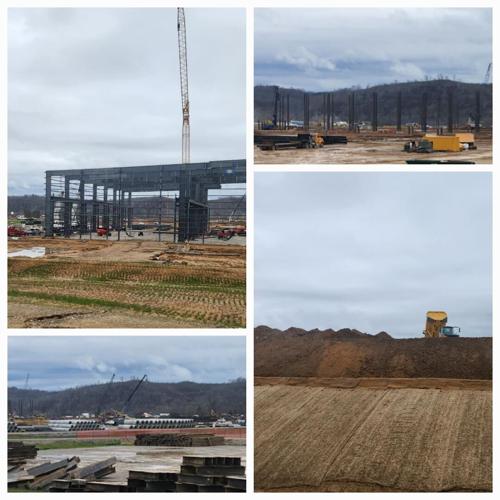

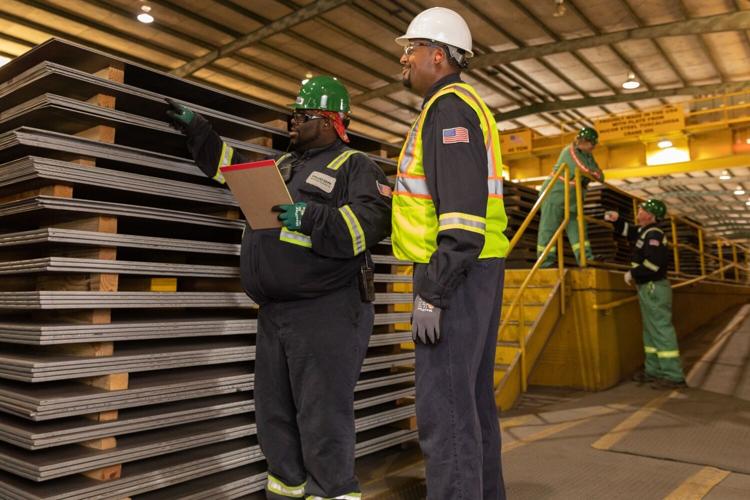

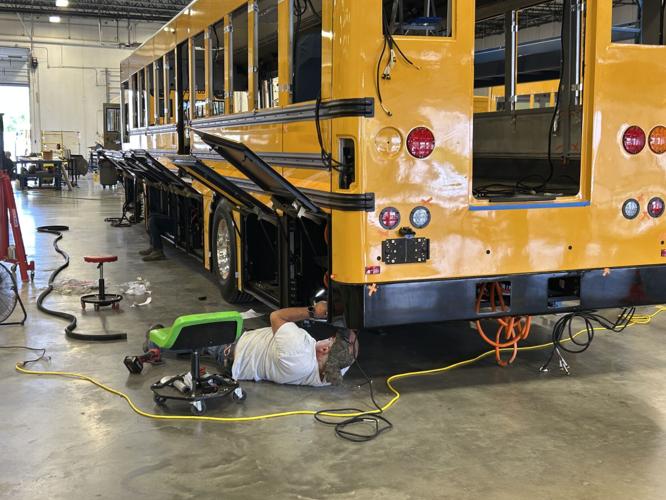

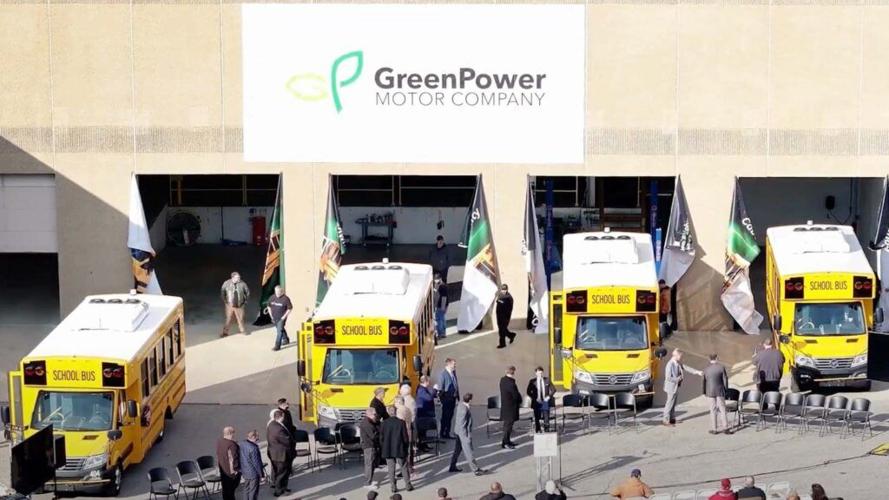

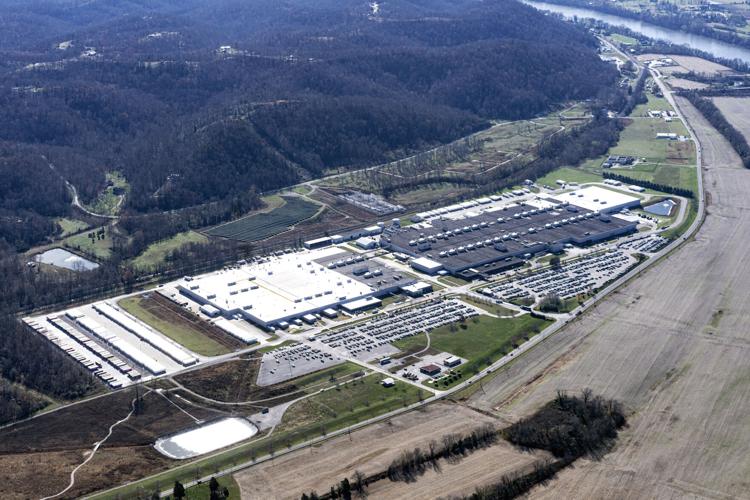

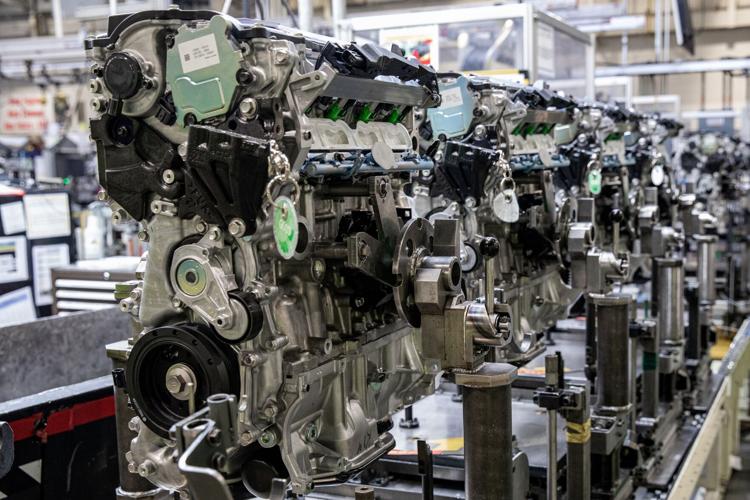

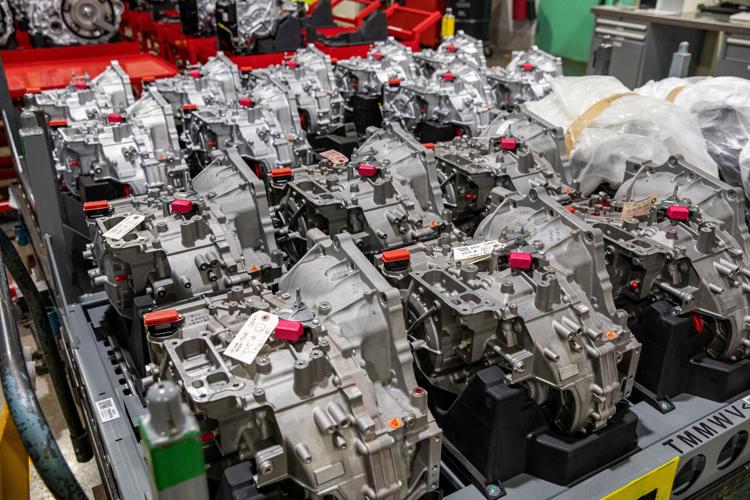

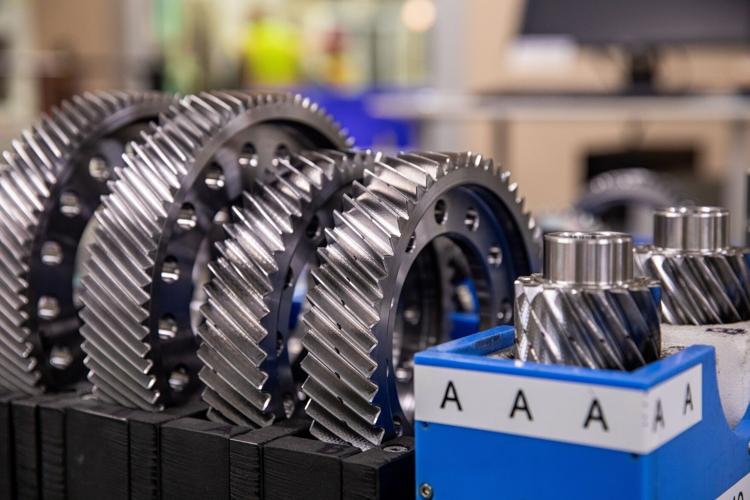

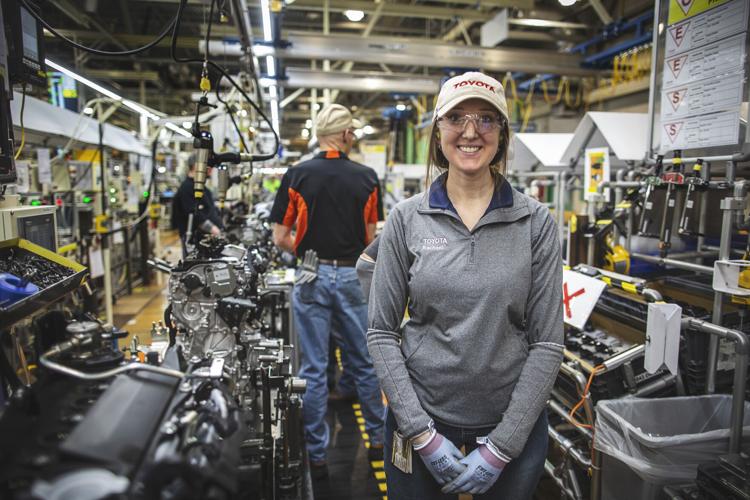

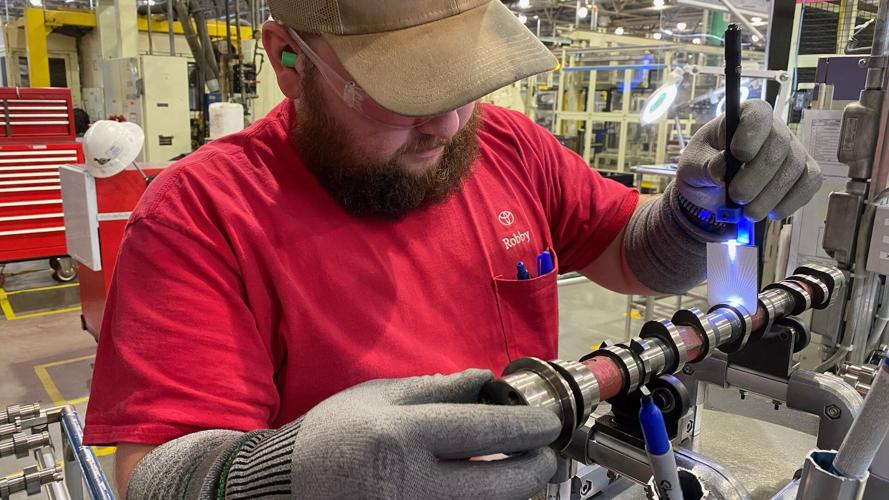

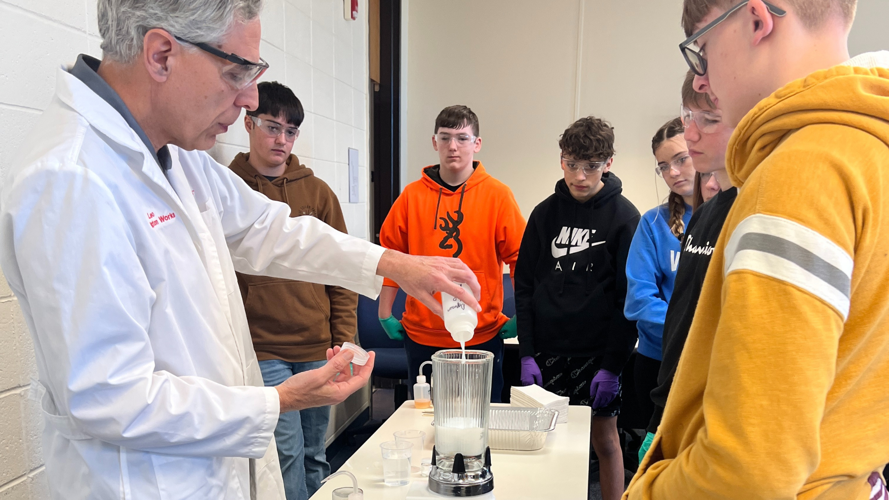

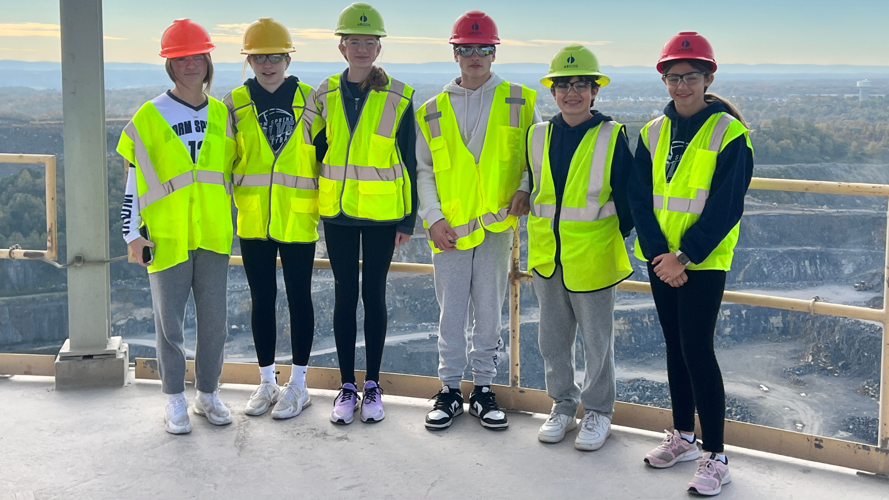

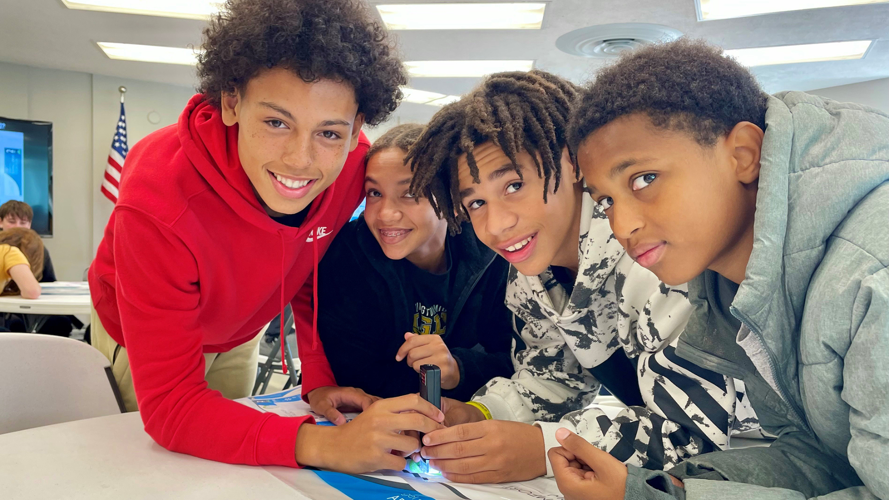

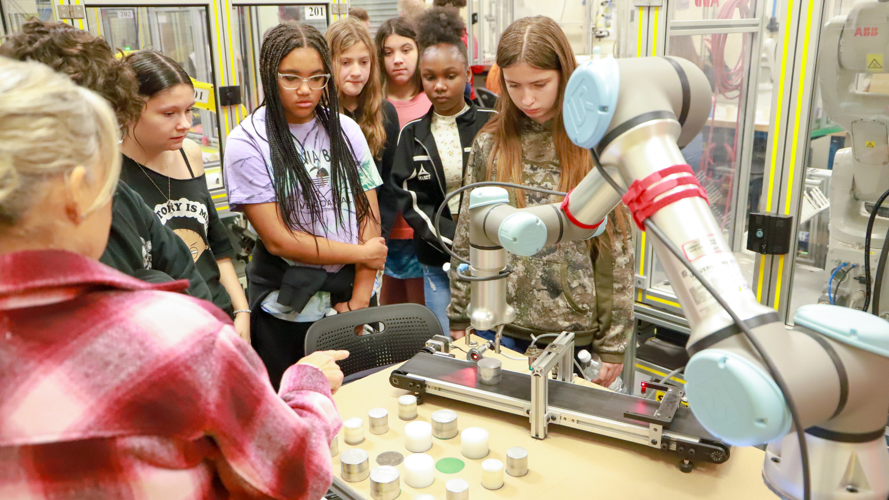







Post a comment as Anonymous Commenter
Report
Watch this discussion.
(0) comments
Welcome to the discussion.
Log In
Keep it Clean. Please avoid obscene, vulgar, lewd, racist or sexually-oriented language.
PLEASE TURN OFF YOUR CAPS LOCK.
Don't Threaten. Threats of harming another person will not be tolerated.
Be Truthful. Don't knowingly lie about anyone or anything.
Be Nice. No racism, sexism or any sort of -ism that is degrading to another person.
Be Proactive. Use the 'Report' link on each comment to let us know of abusive posts.
Share with Us. We'd love to hear eyewitness accounts, the history behind an article.